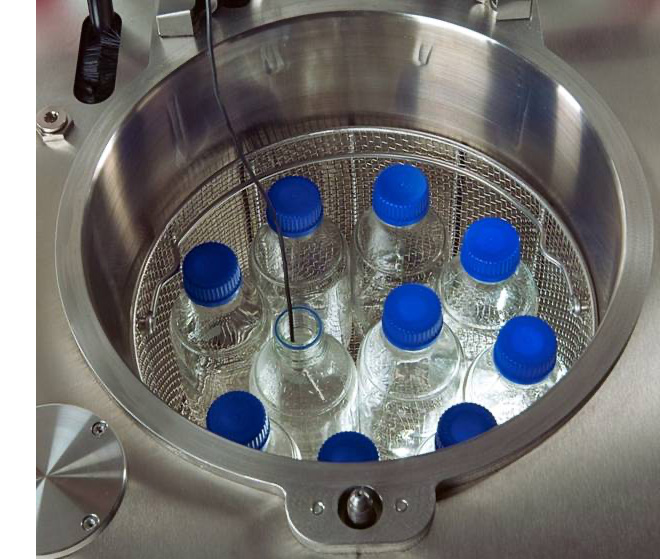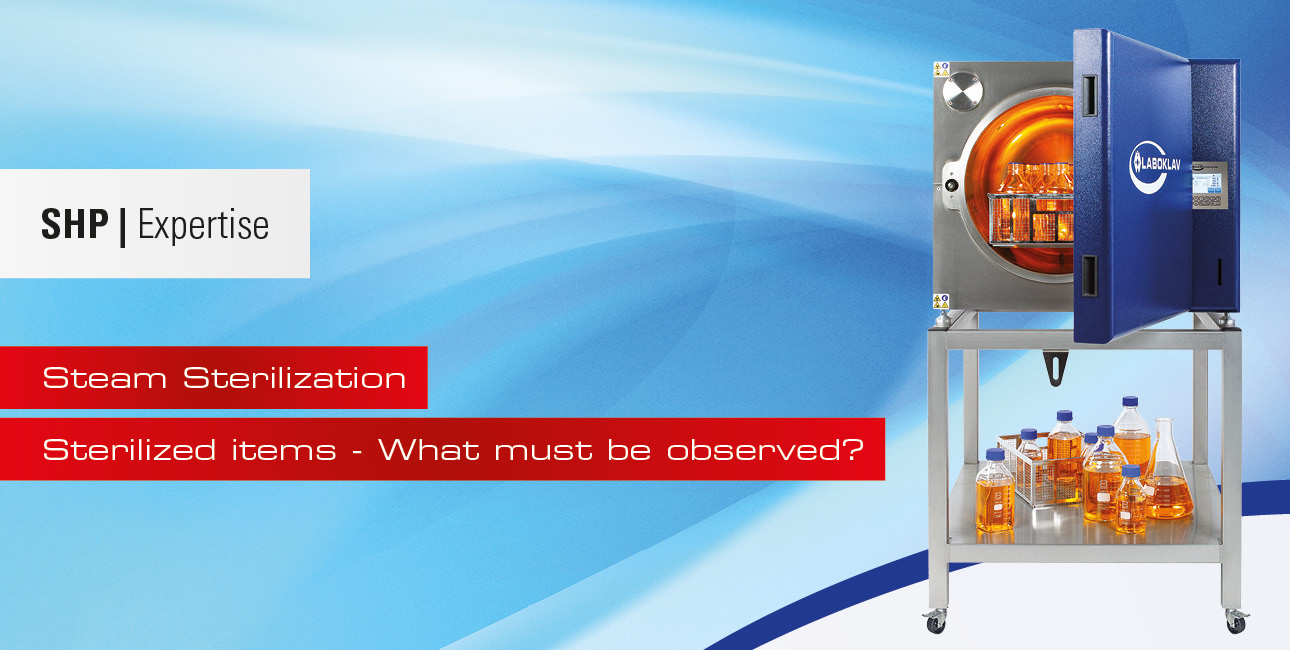Strict requirements for temperature, pressure and material resistance as well as for the preparation and execution of the process are essential for the safe and effective sterilization of medical instruments and materials.
Temperature and pressure resistance
Medical products that are to be steam sterilized must be able to withstand high temperatures - either up to 121 °C or 134 °C, depending on the process. In addition, resistance to pressure differences is required, for example with a vacuum of up to 7 kPa or with increased pressure during the sterilization process.
Sensitive materials may require an adjustment to the program, for example by a slower pressure change behaviour, in order to avoid damage.
Even steam penetration
For effective sterilization, it is essential that the steam reaches all surfaces of the items to be sterilized evenly. Therefore, instruments such as scissors or clamps must be opened before the process. Complex instruments should - if possible - be disassembled in order to reach areas that are difficult to access.
The removal of air from the interior is particularly important for porous materials or hollow bodies. This is achieved using a fractionated vacuum process: by alternately evacuating and injecting steam, the air is displaced and complete penetration is made possible.
Clean thoroughly before sterilization
Before sterilization can begin, the instruments must be cleaned thoroughly. Cleaning not only reduces the germ load, but is also crucial for a reliable sterilization result.
In addition, reprocessed medical devices must not contain any residues that could pose a health risk to patients. These include, among others:
- substances that are harmful to health, carcinogenic or mutagenic
- fever-inducing substances (pyrogens), endotoxins and allergens
- residues of blood, tissue or secretions
- residues of cleaning agents or disinfectants
- visible dirt or care products
Proper cleaning is therefore essential for the safety and quality of sterilization.

Specific conditions for liquids
The sterilization of liquids differs significantly from that of solid objects. With larger volumes - five liters or more - there are often large temperature differences within the container during heating and cooling. It is therefore necessary to continuously measure the temperature in a reference container and control the duration of sterilization on this basis. Stirring the liquid can also help to achieve an even temperature distribution.
When liquids are sterilized in hermetically sealed containers, this is done with a steam-air mixture whose total pressure is above the normal saturation steam pressure. The increased external pressure prevents the containers from deforming or even bursting.
Such closed vessels act like a small autoclave: the conditions required for sterilization prevail inside, while the outer surface is deliberately not sterilized. A built-in air circulation system ensures that the steam-air mixture is evenly distributed in the chamber.
After the process is complete, the liquids must be cooled down to a safe temperature before they can be removed from the sterilizer.

